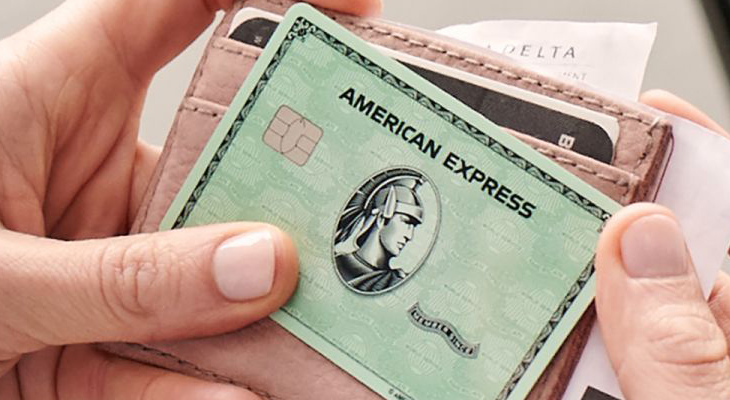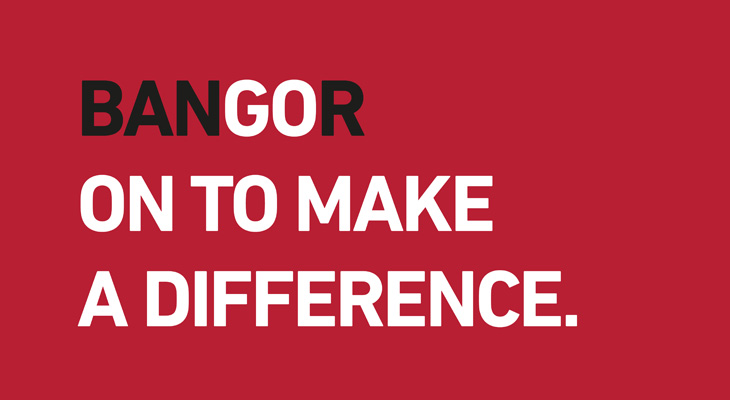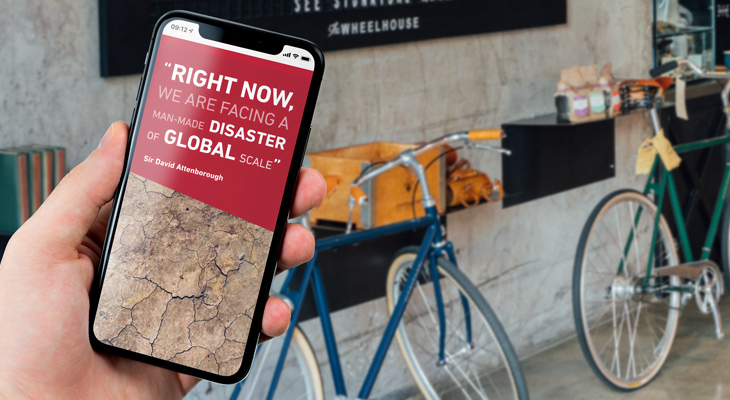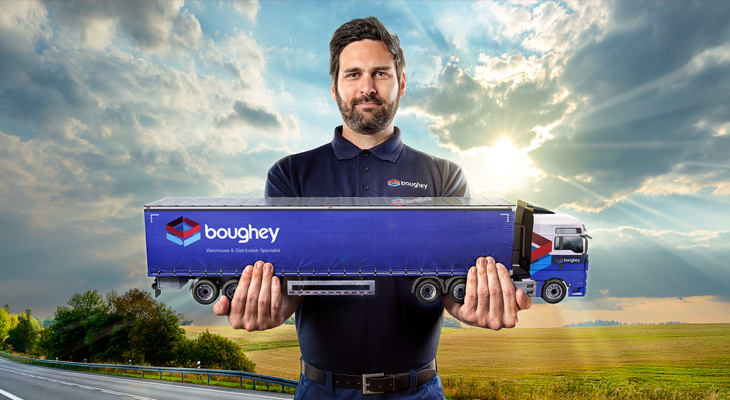
“What’s the big idea?” It’s the question you hear most in every ad agency creative department and marketing review meeting. And small wonder.
Since the heyday of mass media advertising, brands have sought an edge on their competitors in the shape of an irresistible advertising property that lodges in their customers’ heads and refuses to budge.
But maybe it’s worth taking a step back and asking a slightly different question: What is a big idea? And why do we need them?
The biggest ideas are universally well-known, sometimes years or even decades after they were officially retired. They’re the ones that make the jump from the realms of advertising into mainstream popular culture.
Plink, plink fizz… They’re grrrreeaaat!… Central heating for kids… You know when you’ve been Tangoed….Whhaasuuuup?…
Hang your brand on a property this powerful, and you’ll enjoy a lifetime of unprompted recall. Even better, you’ll benefit from word-of-mouth advertising – ‘the media money can’t buy’ – as your big idea is passed around in playgrounds and workplaces across the land.
Yes, decades before the internet, the biggest ideas were still capable of going viral by virtue of their charm and popularity.
Why big ideas matter to marketers
So what makes an idea a BIG IDEA? That’s hard to define in simple terms. Partly because the best ideas break the rules more often than they conform to a tick box of requirements. Surprise, originality and an apparent spontaneity are a big part of the mix.
But as wacky and left field as some of the most famous big ideas seem, the most successful [and by that, we mean the ones that built brands and sent sales through the roof, not those that were just lauded at creative awards ceremonies] are the product of a more disciplined approach.
Here’s why:
Although it’s often tempting to divide businesses and ad agencies into the ‘strategically led’ and ‘creatively led’, the best ideas come from those that straddle both disciplines.
Put simply, big creative ideas are effective because they are strategically led. In other words, because they deliver the communication goals of a marketing plan. And in turn, the long term business goals of the organisation itself.
One study by Harvard Business Review examined a cross-section of creative advertising campaigns across Europe. It mapped five key tests for creativity [Originality, Flexibility, Elaboration, Synthesis, and Artistic Value] against their effect on sales.
Their conclusion couldn’t have been more explicit: “A euro invested in a highly creative ad campaign had nearly double the sales impact of a euro spent on a non-creative campaign.”
The message is clear. Big ideas aren’t a creative luxury. They are integral to successful advertising.
How the big idea works on customers
So what’s going on when we release a big idea into the world and see it have such a spectacular effect on sales and recall?
The key to understanding this is to understand how the subconscious mind plays such an important part in customer decision-making.
Despite what they say [and despite what we tell ourselves], most people aren’t as logical in their buying habits as they think. In fact, Harvard Professor Gerald Zaltman* has good evidence to show 95% of purchase decisions are subconscious.
For instance, he found many consumers say they compare competing brands and prices when they’re deciding what to buy. In reality, that’s rare. Most of us go straight to our favourite brand, or a brand that’s already taken up residence in our subconscious thanks to the efforts of marketers to put it there.
Zaltman shows us the biggest influence on decision making of any kind, not just our buying behaviour, is emotion. So the big ideas that sidestep rational product benefits and instead engage directly with those emotions are the ones that have the greatest effect.
For instance, instead of focusing exclusively on the quality of their materials and workmanship, luxury goods advertising targets our social aspirations, need for acceptance and our status in the world.
Mobile phone advertising moves us not with technical specifications, but by offering a connection with friends and family, and the promise of popularity.
And sports shoe brands, while acknowledging technical innovations, put much more emphasis on our dreams of adventure, and personal achievement.
Big ideas build future success into your brand
Because our emotional processes are so much more powerful than our rational thoughts, ideas that tap into them are more powerful too. And much more lasting.
At the top of this article, we said that some of the big ideas we still quote with affection haven’t been in use for years. In some cases, there are whole generations who haven’t been exposed to the advertising who still reach for phrases like ‘That’ll do nicely’ without a second thought.

Need a big idea that will put your brand top of mind for decades? That’ll do nicely.
This ‘stickiness’ that a big idea adds to a brand is important for marketers. It offers a way to reach customers that are in the market today, of course. But even better, it prepares the ground for customers who might not be buying now, but will move into the market in another two, five or even ten years.
Think about that. How many other marketing channels do you know that offer that kind of reach and longevity? It’s a powerful argument to have at your disposal the next time you’re putting the case for long term brand building to your board.
It’s not just big brands that can have big ideas
So far, the big ideas we’ve mentioned have been for established global brands with a marketing budget to match. You could argue that it’s easier for such brands to deploy big ideas because they have the budgets to do it.
Or, you could say they have become big brands precisely because they put their faith in the big idea.
So what’s the role of the big idea for smaller brands, or B2B brands, that lack the financial muscle of the market leader? If anything, it’s even more crucial.
A well-honed big idea allows you to hit your target audience harder than a weak idea with ten times the spend. It makes your value proposition stick because it’s relevant, amusing or surprising. Not by trying to bludgeon your message into your customers’ heads through endless, irritating repetition.
We know, because we’ve done it for our clients, time and again. Not by outspending the competition. But by outthinking them strategically and creatively.
Here’s a couple of examples:
Bangor University – Go on to Make a Difference
Bangor University is one of the UK’s leading centres for studying and researching oceanography, climate change, and other natural sciences.
We knew the Gen Z students we were targeting felt more passionate, more committed and more empowered about being a force for change than any other before them. And we knew their multi-screen media habits made them right for a digital-first recruitment campaign.
Where those insights and creative instincts came together was in the big idea that linked all our activities across every digital media channel:

Bangor University isn’t the UK’s biggest. But we still gave it a big idea.

Making the brand itself part of the key message created an indelible association between the two. It made the property uniquely Bangor’s own, in the sense that no other University could copy it.
And as a bonus, it allowed for brand ‘stretch’ into postgraduate recruitment [‘Stay on to Make a Difference’] and alumni success stories [‘I’m Making a Difference.’]
Boughey Distribution – A safe pair of hands
Economic and political uncertainty is no good for any business. In distribution, it can spell falling customer confidence, half-empty warehouses and trucks lying idle.
That was the problem facing our long-standing client, Boughey Distribution. Ongoing doubts over Brexit and the prospect of a snap election had spooked the market. So we turned our thoughts to a strategy that would reassure their existing customers and bring new ones to their business.
The reasons to believe were in Boughey’s continued investment in equipment, technology and training that made them a more reliable and efficient distribution partner.
The big idea was in a ‘safe pair of hands’ – a promise delivered in a high-end composite image reinforcing the quality, confidence and care of the leading logistics provider.

What is a big idea? Our ‘safe pair of hands’ campaign for Boughey Distribution delivered on all fronts.
How we create the big idea
At the heart of every big idea is the creative concept.
That phrase itself – ‘creative concept’ – is a loaded one. It conjures up pictures of winsome artistic types in some exotic design studio. Wiling away the hours on bean bags and banquettes until inspiration strikes.
Not at Intermedia. Our creative concepts spring directly from a clear, focused value proposition. Our creative team’s task is to bring that proposition to life in the most memorable and engaging way.
Even today, there is a certain kind of B2B advertiser that doesn’t see the value in that. Or more accurately, has never been shown the value.
Too many B2B campaigns are still overstuffed with product information and uninspiring visuals. The companies behind then assume B2B audiences buy with their heads, not their hearts – even though we know that’s not true.
Because of that, the B2B press is full of drab, directionless advertising that simply lists technical specifications and product features. Nothing to excite the readers’ interest. Nothing to stir their emotions.
The big idea. Creativity that serves commerce
Let’s be clear; we’re not talking about creativity for creativity’s sake here. Every concept we develop for our clients is laser-focused on communicating the core proposition.
And because we’ve helped you crystalise that proposition as part of your marketing strategy, we’re in the perfect position to measure our creative concepts against it. One of the many advantages of using a full-service agency for your communications and marketing strategies, right through to creative development, execution and post-campaign analytics.
So, what have we learned about the big idea, and its importance to marketers? It’s a big subject, so let’s recap:
- A big idea is a hugely effective way to create awareness for your brand and sustain it over time
- It’s been proved big creative ideas are more effective for brands in driving up sales. Sometimes, up to 100% more effective
- The best big ideas grow out of an exact marketing and communications strategy, not creativity for its own sake
- Big ideas are most effective when they communicate on an emotional rather than a rational level
- Big ideas will help smaller brands compete more effectively, even when their budget is limited
- The best agency to deliver your big ideas is the same one that develops your marketing strategy.
Big ideas take bigger thinking
There are plenty of ‘creative’ hot-shop agencies that will seek to wow you with their ideas for your brand.
But there are fewer that do the hard work beforehand. Getting under the skin of your brand, your customers and your competitors. Putting in the hard yards to translate your proposition into effective advertising that strengthens your brand and boosts your sales figures.
For bigger thinking that builds bigger ideas, talk to the experts. Talk to Intermedia.
Originally published October 25, 2022 09:44am, updated April 19, 2023
